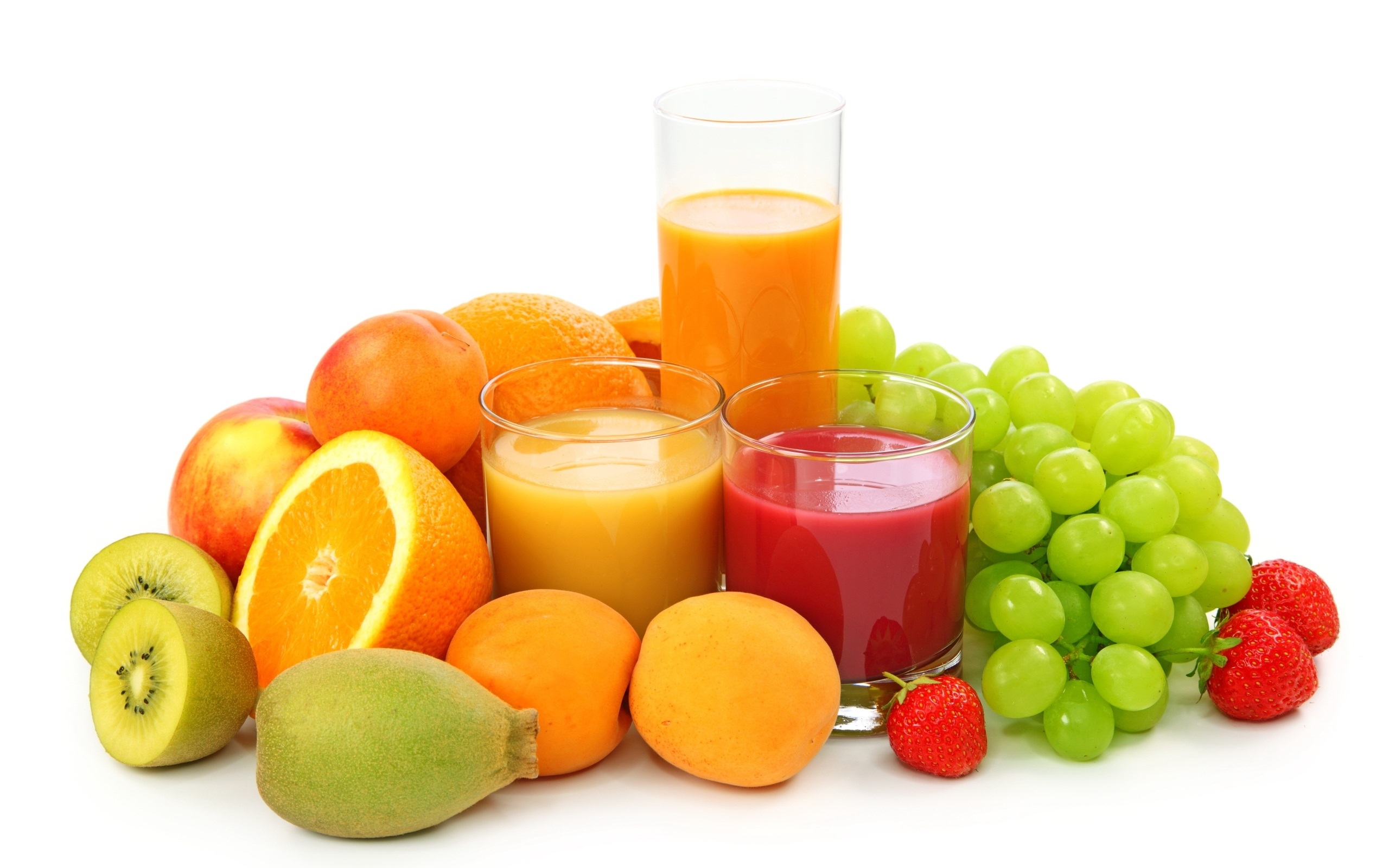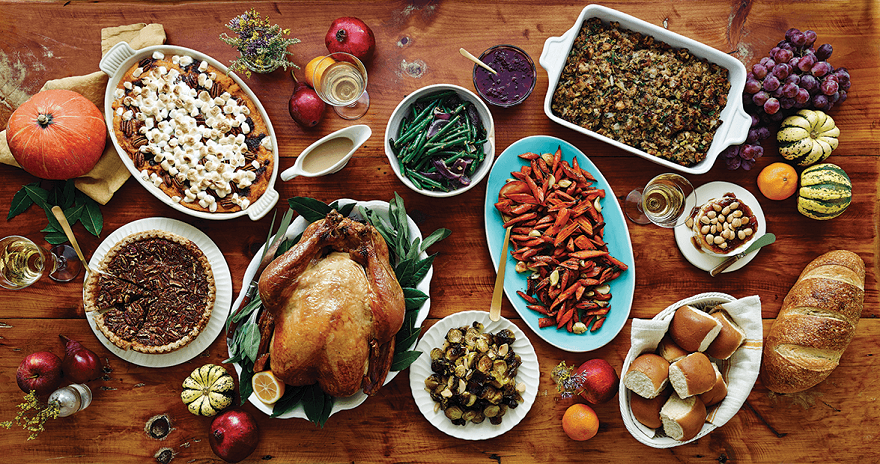WEST LONG BRANCH, NJ- According to the American Heart Association (AHA) the added sugars consumed on a 2,000-calorie diet should not add up to more than 5 percent, or 100 calories, of the daily total. “It’s hard to keep track, though, because the Food and Drug Administration doesn’t require labels to list added sugars separately from naturally occurring ones,” AHA claimed.
On September 2, Dr. Merrily Ervin, University Coordinator of Science 100 Courses, demonstrated to her Science of Nutrition class, a comparison of the sugar

content in a 12-ounce can of Coca Cola to the sugar content in a 12-ounce bottle of orange juice with sugar cubes. Both products were nearly identical in sugar content, about 35-40 grams of sugar. Dr. Ervin also specified that other 12 ounce drinks contain a lot of sugar as well, such as unsweetened grape juice, which has 55 grams of sugar; cranberry juice, which has 51 grams of sugar; cranberry juice cocktail, which has 45 grams of sugar; Pom Wonderful, which has 51 grams of sugar; cream soda, which has 49 grams of sugar, and root beer, which has 39 grams of sugar; assuming there are about four grams of sugar in one teaspoon.
Christine Gerbstadt, a spokeswoman for the American Dietetic Association and author of Doctor’s Detox Diet: The Ultimate Weight Loss Prescription, claimed that consuming too much sugar over a long period of time can lead to cardiovascular trouble. “Sugar influences blood release of fat or lipids,” said Gerbstadt. “Eating a diet high in sugar increases the risk of developing high levels of triglycerides, the fluffy fat that can get caught up in arteries and form plaques or globules of fat. When those plaques break loose and travel to the heart, brain or kidney, they can cause heart attacks, strokes or kidney failure.”
Several medical conditions can be linked to an unhealthy diet containing high sugar levels. A study done by the Center for Disease Control and Prevention (CDC) “showed that obese children and teens are likely to be obese as adults and are at more of a risk for health conditions like heart disease, type 2 diabetes, stroke, certain cancers, and osteoarthritis.”
Dr. Christopher Hirschler, Assistant Professor and Department Advising Coordinator for the Department of Health and Physical Education, usually drinks less than five sodas per year, claiming that the elimination of soft drinks from one’s diet would most likely help people who want to lose weight. “Sugar increases blood glucose levels which then stimulates appetite,” said Hirschler. “Some added sugar is fine, especially if one is active and will burn it off rather soon, but it’s important to consider the nutrient density of foods and choose foods and beverages that provide a lot of nutrients per calorie.”
However, according to Dr. Ervin, the nutrient benefits from the juices most likely don’t outweigh the negatives from the high sugar levels. “You do get most of the nutrients that were in the original fruit, except for the fiber, but it comes with a high calorie cost. The Dietary Guidelines for Americans recommend no more than four ounces of fruit juice per day.”
Putting slices of lemon, lime or cucumber in water creates a flavorful drink that is not only healthy, but also provides essential nutrients. “It can’t hurt to add extra nutrients to a sometimes boring glass of water — especially if this will make you drink more of it,” said Tara Miller, holistic nutritionist and owner of the all natural health boutique Health Hut.
Dr. Ervin recommended alternate beverage choices like water, zero-calorie flavored water, unsweetened coffee and tea, low-fat or skim milk, soy beverages, non-caloric soft drinks, and sports drinks for athletes during and after a workout.
Dr. Hirschler added that tea can be a great alternative since it’s low in calories and high in anti-oxidants. “Most people should still have an idea about how many calories they are consuming. I often add about 30% water to the juice I drink – it saves money and significantly cuts down on calorie intake.”
Labels are placed on drinks to make the consumer aware of the contents they are putting into their body, but even that does not halt consumption of drinks full of added sugar. Alexis Simoes, a Junior Political Science major, is health conscious, but was not fully aware of the high sugar levels in many of the drinks sold at the University. “I buy orange juice, water, or green tea on campus usually. I try to be somewhat conscious and read labels,” said Simoes. “But it would be great to have an on campus juice stand with fresh juiced drinks. I especially love kale, lime, and apple.”
Andrew Sergeant, a student at Brookdale Community College and Environmental Science/Physics major, also likes to make fresh juiced drinks, such as kale, spinach, coconut water, carrots, apple, pineapple, ginger, and lemon. “I read the labels, nutrition facts, and ingredients, and when it comes to juices, I usually make my own, consisting of blends of different fruits or vegetables, or a combination of both,” added Sergeant, “but the only way to know what you’re putting into your body is if you know the source, what each of the ingredients are, or make it yourself. You need to know your food and what you’re eating before you put it into your body.”
Alternate drinks seem like a great solution, but Simoes suggested that the University raise student awareness by displaying the amount of sugar in each drink, similar to Dr. Ervin’s demonstration, at various locations on campus where beverages are sold. “It would be cool to show in a clear cup, a huge pile of sugar, of exactly how much sugar is in each of these drinks. I think if more students realized how bad these drinks are for you,” added Simoes, “it will effect sales, which will ultimately effect the companies. They will have to change their products for the better.”




